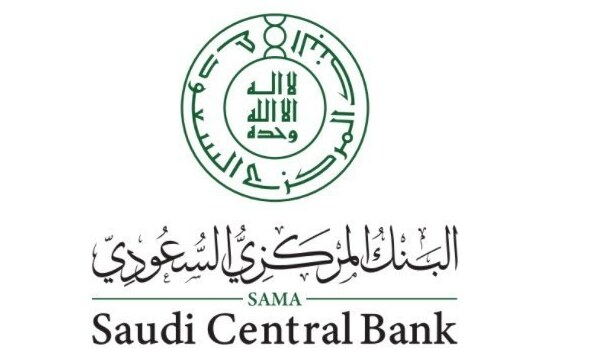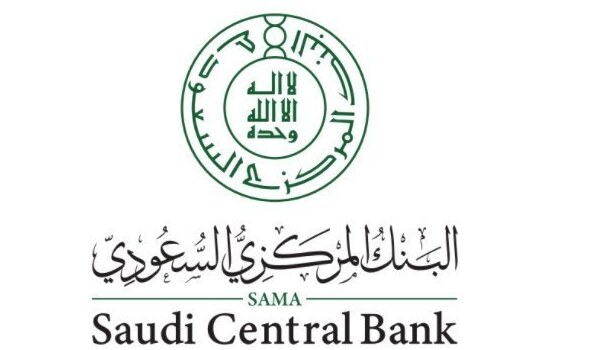Gulf Central Banks Raise Key Interest Rates by 25 bps, Mirroring Fed

Most Gulf central banks increased their key interest rates on Wednesday after the Federal Reserve raised rates by an expected quarter of a percentage point, citing still-elevated inflation as a rationale for the latest hike. The Fed raised its rate by 25 basis points (bps) on Wednesday and left the door open to another increase.
Oil and gas exporters in the Gulf tend to follow the Fed’s lead on rate moves as most regional currencies are pegged to the U.S. dollar; only the Kuwaiti dinar is pegged to a basket of currencies, which includes the dollar. However, regional economies have been largely shielded from stubbornly high inflation, and a Reuters poll in April showed that inflation in the region was expected to be between 2.1% and 3.3% this year and fall lower in 2024.
The central banks of Saudi Arabia and the United Arab Emirates mirrored the Fed move, as did Qatar, Kuwait, and Bahrain, although the latter left two rates out of four unchanged. The Saudi central bank, known as SAMA, increased its repo rate to 6% and its reverse repo rate to 5.5%, both by 25 bps, and the UAE said it would raise the base rate on its Overnight Deposit Facility to 5.40%, from 5.15%, effective Thursday.
Qatar also increased its main rates by 25 bps, taking the lending interest rate to 6.25%, the deposit interest rate to 5.75%, and the repo rate to 6%, while Bahrain raised the one-week deposit rate to 6.25% and the overnight deposit rate to 6%.
The Central Bank of Kuwait increased its discount rate by 25 bps to 4.25% from 4%, and said in a statement it wants to remain supportive of economic growth, particularly in non-oil sectors.
This coordinated move by Gulf central banks comes amid a backdrop of heightened concerns over inflationary pressures globally. The Federal Reserve’s decision to raise interest rates was largely anticipated, given the surging inflation rates in the United States. As major oil and gas exporters in the Gulf, these countries closely monitor the economic policies of the United States, especially considering their currency pegs to the U.S. dollar.
While Gulf economies have been relatively resilient in the face of inflationary pressures, they have taken this step to align their monetary policies with the Federal Reserve’s approach. By raising interest rates, the Gulf central banks aim to counter any potential spillover effects from the surge in global prices and to maintain the stability of their currencies against the dollar.
Saudi Arabia’s central bank, SAMA, and the United Arab Emirates have both implemented a 25 bps increase in their key rates, signaling their commitment to controlling inflation. Similarly, Qatar, Kuwait, and Bahrain have followed suit, with some variations in the rates based on their individual economic contexts.
It is worth noting that despite the inflationary challenges, the Gulf region is expected to witness moderate inflation rates throughout this year, with projections indicating a decline in inflation in 2024. This is a reassuring sign for policymakers, as it implies that the current uptick in inflation may be transitory.
The Central Bank of Kuwait’s decision to remain supportive of non-oil sectors reflects the region’s efforts to diversify their economies away from reliance on hydrocarbon exports. By keeping interest rates at a level that fosters economic growth outside the oil industry, Kuwait aims to strengthen other sectors, potentially reducing the overall dependence on oil revenues in the long run.
As the global economic landscape continues to evolve, Gulf central banks will closely monitor international developments and their impact on their economies. The interconnectedness of financial markets and the Gulf countries’ currency pegs necessitate a vigilant approach to economic policymaking. While these rate increases are aimed at preserving economic stability, future decisions will also be influenced by developments in inflation, trade, and other macroeconomic indicators.
Overall, the coordinated increase in interest rates by Gulf central banks reflects their commitment to maintaining financial stability and controlling inflation amid challenging global economic conditions. As they follow the footsteps of the Federal Reserve, these central banks are seeking to strike a delicate balance between addressing inflationary pressures and sustaining economic growth in their respective nations.




